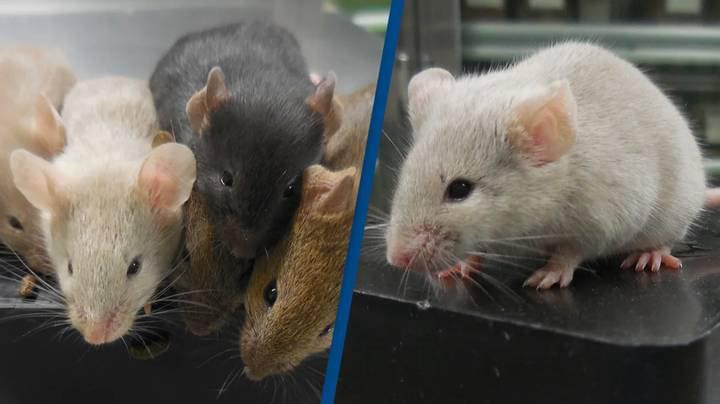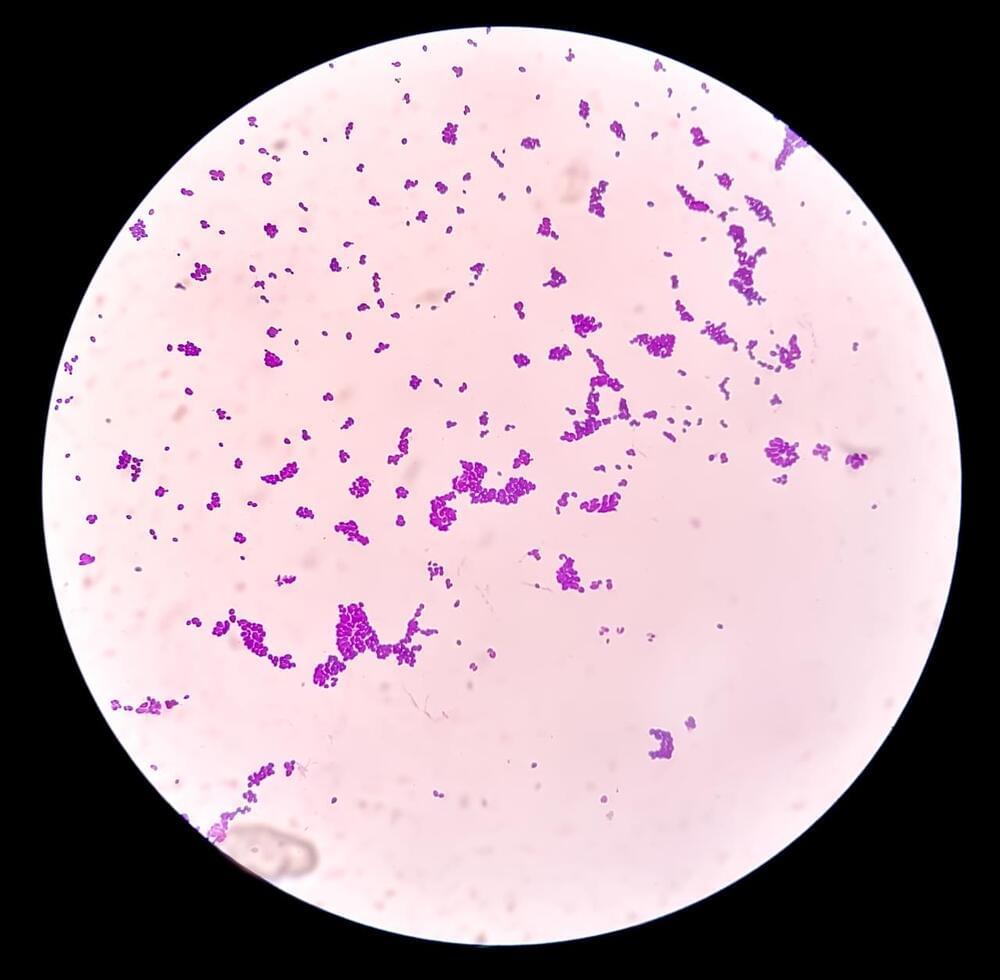The journal Nature published a groundbreaking new study by world-renowned Stanford neuroscientist Sergiu Pasca involving the transfer of human brain organoids into the brains of rats. Insoo Hyun, Director of the Center for Life Sciences and Public Learning at the Museum of Science, speaks candidly with Dr. Pasca about his research. Why did he do it? How might this uncover the mysteries of psychiatric disorders? And the Big Question we are all wondering about – can these rats ever develop “human-like” consciousness? Together they demystify the science.
00:33 Dr. Sergiu Pasca’s Romanian roots.
00:55 Why is Dr. Pasca’s work important for Psychiatry?
04:14 Dr. Pasca’s work with human brain organoids.
06:14 Challenges with using animal brains when trying to unlock mysteries of human psychiatric disorders.
07:13 Reason for Dr. Pasca’s latest research transplanting human brain organoids into rat brains.
08:47 How the human brain organoid transplantation into a rat brain is accomplished.
10:19 What Dr. Pasca learned from his experiment and its importance.
12:02 Brain cells’ amazing ability to take over and organize themselves in appropriate environments.
13:03 Will animals with human brain organoids in their brain develop human-like consciousness?
17:30 Will manipulating human neurons in a rat change the behavior of the rat?
19:43 Application of rat experiment findings for human patients.
22:07 The ethics and regulation of using animals in scientific research.
25:25 Why context matters in research of transplanting human brain organoids into rat brains and the challenge of people backfilling science they might not understand with mythology and science fiction.
32:28 Dr. Pasca’s inspiration to work so hard to unlock the mysteries of psychiatric disorders.
“The Big Question” is a production of the Museum of Science, Boston.
Learn more about the Museum of Science Life Sciences and Public Learning: https://www.mos.org/explore/center-for-life-sciences.
Nature article: https://www.nature.com/articles/s41586-022-05277-w.
Among the world’s largest science centers, the Museum of Science engages millions of people each year to the wonders of science and technology through interactive exhibitions, digital programs, giant screen productions, and preK – 8 EiE® STEM curricula through the William and Charlotte Bloomberg Science Education Center. Established in 1,830, the Museum is home to such iconic experiences as the Theater of Electricity, the Charles Hayden Planetarium, and the Mugar Omni Theater. Around the world, the Museum is known for digital experiences such as Mission: Mars launching in 2022 on Roblox, and traveling exhibitions such as the Science Behind Pixar.






